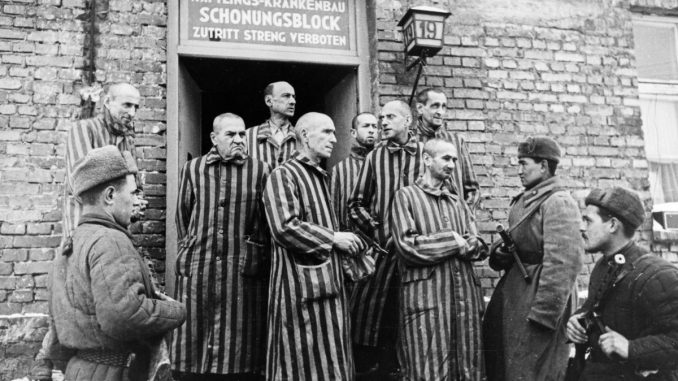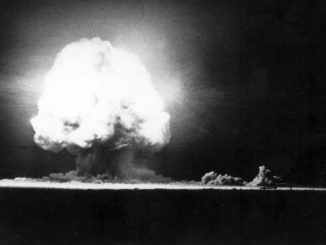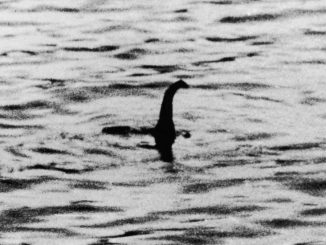
On January 27, 1945, Soviet troops enter Auschwitz, Poland, freeing the survivors of the network of concentration camps—and finally revealing to the world the depth of the horrors perpetrated there.


On January 27, 1945, Soviet troops enter Auschwitz, Poland, freeing the survivors of the network of concentration camps—and finally revealing to the world the depth of the horrors perpetrated there.

On April 8, 1994, rock star Kurt Cobain was found dead in his home in Seattle, Washington, with fresh injection marks in both arms and a fatal wound to the head from the 20-gauge shotgun […]

On July 16, 1945, at 5:29:45 a.m., the Manhattan Project yields explosive results as the first atom bomb is successfully tested in Alamogordo, New Mexico. Plans for the creation of a uranium bomb by the […]

The modern legend of the Loch Ness Monster is born when a sighting makes local news on May 2, 1933. The newspaper Inverness Courier relates an account of a local couple who claim to have […]
Copyright © 2025 | MH Magazine WordPress Theme by MH Themes

Be the first to comment